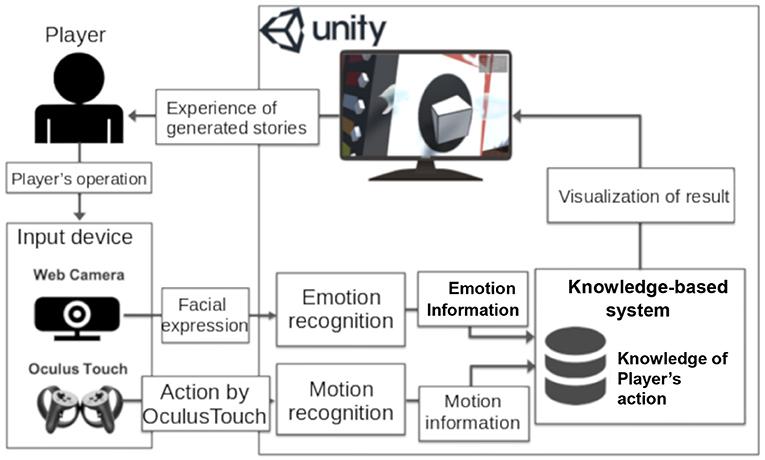Student Feedback Reveals the Real Impact of Game-Based Learning in Education
As the digital era transforms the traditional classroom into an engaging and interactive space, the concept of game-based learning in education has become increasingly popular. But what is the true impact of game-based learning from the outlook that matters most—students themselves? This article dives deep into genuine student feedback to reveal how educational games are reshaping learning experiences, boosting motivation, and enhancing academic outcomes.
Understanding Game-Based Learning in education
Game-based learning integrates digital or physical games into educational settings, using entertaining elements to achieve learning objectives. Unlike simple gamification (the addition of point systems or badges), game-based learning immerses students in interactive scenarios, fostering critical thinking, collaboration, and problem-solving skills.
- Digital platforms: Apps like Kahoot!, minecraft Education Edition, and Duolingo
- Board games & simulations: Strategy games tailored to subject-specific goals
- Custom-built educational games: Games developed to teach core concepts in math, science, language, and more
Why Student Feedback Matters
While educators and curriculum designers can predict the benefits of game-based learning, authentic student feedback gives real insight into how these tools impact learner engagement and outcomes. By listening to students, schools can:
- Identify strengths and potential pitfalls in game-based instruction
- Customize learning experiences to meet diverse needs
- Improve adoption rates and overall learning satisfaction
Key Benefits Highlighted by Student Feedback
Recent surveys and interviews with students have shed light on the tangible benefits of integrating educational games into lesson plans. Here’s a closer look at what students are saying:
1. Increased engagement and Motivation
Many students report higher levels of engagement when learning through games. Interactive challenges and competitive elements keep learners motivated, even in subjects they previously found uninteresting. One high-schooler shared:
“I used to dread history lessons, but when we started using educational quizzes and games, I found myself actually looking forward to class. It made me want to learn more just to get better at the games.”
2. Accelerated Concept Mastery and Retention
Students consistently note that game-based learning helps them remember knowledge longer. The process of “learning by doing” solidifies concepts far more effectively than passive lectures.
- Immediate feedback helps correct mistakes instantly
- Repetition through gameplay reinforces understanding
3. Improved Collaboration and Communication Skills
Many modern educational games require team-based strategies, encouraging collaboration, leadership, and negotiation. Group challenges and multiplayer tasks promote inclusive learning:
“our math escape room activity taught us how to work together and listen to each other’s ideas. It was super fun and helped me understand things quicker.” — Grade 6 Student
4.Enhanced Digital and Critical Thinking Abilities
Navigating in-game scenarios helps students refine digital literacy and strategic thinking. Feedback suggests students value the chance to experiment, take risks, and solve problems in a low-stress environment.
5. Positive Attitudes Toward Assessment
Students overwhelmingly prefer game-based quizzes and assessments over traditional tests. The interactive format is perceived as fairer and less intimidating, reducing test anxiety and encouraging honest participation.
Case Studies: Student Experiences With Game-Based Learning
Case Study 1: Science Class Conversion
Setting: Middle school science classroom
Tool Used: minecraft Education Edition
students recreated cell structures inside Minecraft. According to feedback surveys:
- 85% found the project more fun than textbook exercises
- 78% scored higher on related tests compared to previous chapters
- Comments indicated better teamwork and memorization of complex terms
Case Study 2: Foreign Language Mastery
Setting: High school Spanish class
Tool Used: Duolingo Classroom
Student reflections highlighted:
- Daily streaks encouraged consistent practice
- Lessons felt “like a game, not homework”
- Peer competition motivated advanced learning
Addressing Challenges: What Students Wish Were Improved
Despite overwhelming positives, student feedback reveals certain areas of improvement:
- Access and Equity: Not all students have reliable devices or internet for digital games
- Balance: Too much game time sometimes feels unfocused; clear instructional goals are needed
- Difficulty Levels: games that are too easy can disengage advanced learners; too hard leads to frustration
Teachers should use differentiated instruction and ensure all students can participate meaningfully.
practical Tips for Successful Game-Based Learning Implementation
Drawing from direct student input and expert advice, here are actionable steps for integrating game-based learning in the classroom:
- Start Simple: Use familiar platforms like Kahoot! or Quizizz to build confidence
- Set Clear Objectives: Always relate games to concrete learning goals and outcomes
- balance Play and Instruction: Alternate between games and traditional methods to maintain focus
- Gather Ongoing Feedback: Regularly ask students what’s working and what could be improved
- Ensure Inclusivity: Provide alternatives or group devices for students lacking access to technology
SEO Benefits of Publishing Student Feedback on Game-Based Learning
For educators and institutions, regularly publishing genuine student testimonials and case studies boosts SEO by:
- Increasing keyword variety (e.g., “impact of game-based learning in education”, “student feedback on educational games”, “game-based learning benefits”)
- Demonstrating authenticity and relevancy to both search engines and site visitors
- Encouraging higher engagement and longer session durations on-site
conclusion: Student Voices Illuminate the Path Forward
authentic student feedback offers a powerful lens to see the real impact of game-based learning in education. Their stories reveal how educational games boost motivation,reinforce understanding,and develop crucial life skills.However, listening to student concerns can further refine these approaches, ensuring inclusivity and balanced learning for all.
Ultimately, when students are engaged, challenged, and heard, game-based learning becomes not just a trend, but a transformative teaching strategy with real, measurable outcomes. If you’re considering integrating educational games into your curriculum, remember: the best insights come from the learners themselves. Embrace their feedback and watch your classroom thrive!

